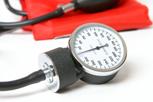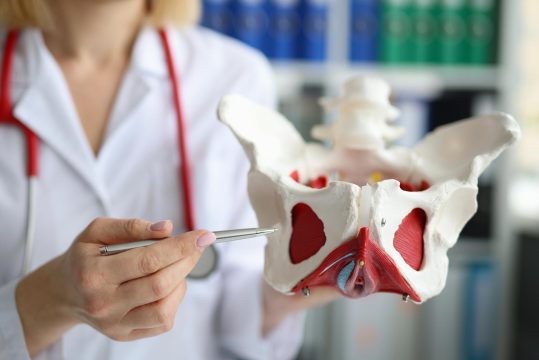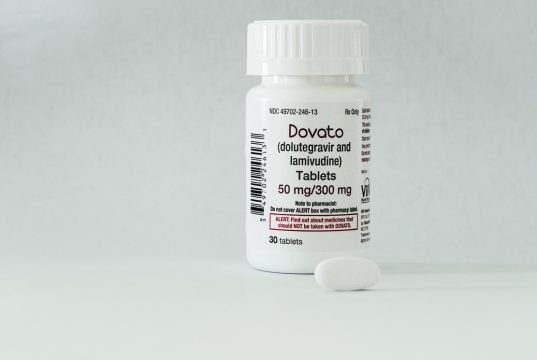Advertisment
ACC 2013 Report – Telemedicine helps BP

A telemedicine program in under-served urban areas and usual care helped patients improve control of hypertension equally well, researchers reported here.
In a randomized controlled trial, a similar proportion of patients met their blood pressure goals regardless of whether they had usual care or a more intensive telemedicine program — but those who didn’t have diabetes had significantly greater reductions in systolic pressure with the intervention than with routine care (19 mm Hg versus 12 mm Hg, P=0.037), according to Alfred Bove, MD, of Temple University, and colleagues.
They reported their findings simultaneously online in the American Heart Journal and at the American College of Cardiology meeting here.
Bove explained in a statement that patients with diabetes are already used to intense management regimens, which could explain their lack of benefit from the program.
“What we’re doing with this tool is modifying behaviour, and diabetics are already in a system of care. They’re used to measuring their blood glucose, so they pay attention … regardless of usual care or telemedicine,” Bove said in the statement. “Hypertensive patients, however, are asymptomatic. They don’t have any long-term system of care.”
“They may see a doctor two or three times a year,” he added, “so the telemedicine system is a process for reminding them to … manage their blood pressure.”
Studies have shown that telemedicine interventions can improve management of hypertension, but to assess whether that’s the case in an underserved urban area, Bove and colleagues enrolled 241 patients with high blood pressure (mean 155/80) who didn’t have any evidence of heart disease and followed them for 6 months.
Their mean age was 59.6, mean body mass index (BMI) was 33.7, most were female (79%) and African American (81%), half were at or below the federal poverty level, about a third had diabetes, and a fifth were smokers.
Patients were randomized to either the telemedicine intervention or usual care and their goal was a blood pressure of 140 mm Hg or less.
The intervention involved home blood pressure monitoring, which patients reported twice a week over the phone or online. They also reported heart rate, weight, physical activity, and tobacco use, and received tips and information on blood pressure management each time they reported their data.
Usual care involved visits to the primary care doctor, who set a treatment plan to help lower blood pressure but then had no further communication with patients — unless they initiated the contact — until the 6-month follow-up.
Overall, 206 patients completed the study, and similar proportions of patients in both groups met their blood pressure goals (54.5% of those in the telemedicine program and 52.3% of those in usual care).
Nor were there any significant differences when patients were assessed by diabetes status:
- Non diabetic patients: 58.2% of those in the telemedicine group and 52.1% of those on usual care
- Diabetic patients: 36.7% in the telemedicine group and 29.4% in the usual care group
The researchers cautioned, however, that the findings don’t imply that patients with diabetes won’t benefit from such an intervention.
Also, hypertensive medications increased by 10% for those in the telemedicine group, while remaining flat among patients having usual care (P=0.024).
Bove and colleagues concluded that telemedicine programs in underserved urban areas can result in greater reductions in systolic blood pressure than usual care for hypertensive patients who don’t have diabetes.
“When asymptomatic patients with hypertension are encouraged to measure their blood pressure, record their numbers into a database, track progress and get continuous clinical advice and feedback, they are better able to manage their blood pressure and reduce their risk of serious heart problems,” Bove said in the statement.
The researchers reported no conflicts of interest.
Reference:
Bove AA, et al “Managing hypertension in urban underserved subjects using telemedicine – A clinical trial” ACC2013; Abstract 13-A-13681-ACC.





